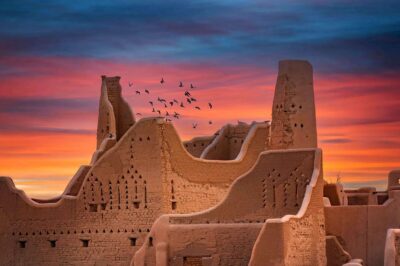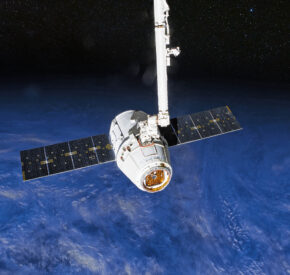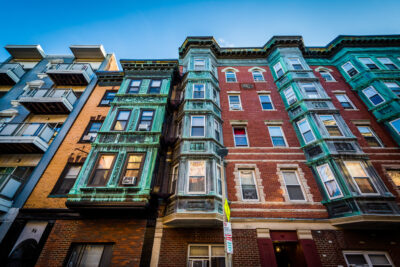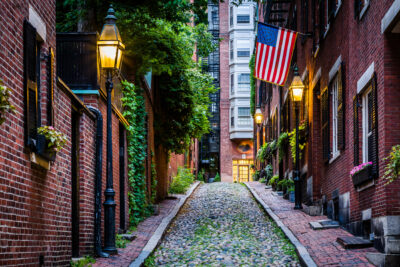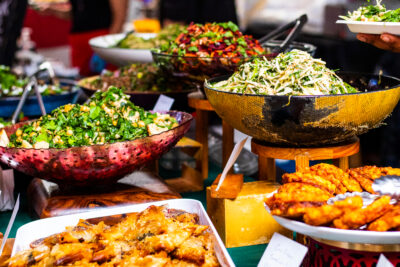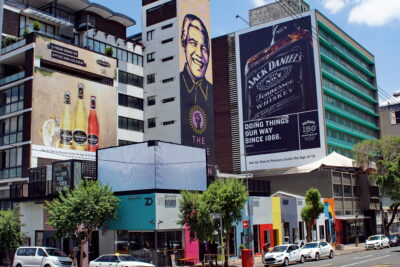
Art and architecture in Roppongi area, Tokyo: 5 must-see buildings
When it comes to urban design, Tokyo is a treasure trove, though the sheer number of amazing structures can be overwhelming, making it difficult for architecture fans to know where to start. With this in mind, the upscale and artsy Roppongi neighbourhood is a good place to focus your exploration, as it possesses an incredible mix of both ancient and modern sites. Here are five must-see buildings in the area.
1: The National Art Center, Tokyo

Designed by renowned architect Kisho Kurokawa, this mammoth,14,000-square-metre complex is one of Japan’s largest museums. Opened in 2007, the National Art Center is famous for its 22-metre-high steel and glass curtain wall front that undulates like a wave. The columnless, cavernous interior contains twelve display rooms which host rotating exhibitions, as the museum houses no permanent collections. The building is also home to three cafes, an art library, an auditorium, lecture rooms and museum shop. Don’t miss Brasserie Paul Bocuse Le Musée, an open-concept, elevated restaurant that allows guests to savour the ambience and organic curves of the atrium while enjoying fine French fare.
2: 21_21 Design Sight

Located on the edge of the Midtown Garden in the Tokyo Midtown complex, this institution was designed by architect Tadao Ando, and founded by legendary designer Issey Miyake in 2007 to highlight concepts in modern design. Due to zoning regulations, the gallery was constructed underground, resulting in a roof composed of a huge, folded triangular steel plate that appears to be floating in the landscape, bringing to mind works of origami. Once inside, the sloping ceiling gently guides guests down steep stairs leading to the spaces below, with the atrium acting like a narrow canyon that opens up once you’re fully underground. Exploring 21_21 Design Sight is a transformative experience that is sure to enhance the effect of the exhibitions on display.
3: Roppongi Hills

The brainchild of building tycoon Minoru Mori, this modern mega-complex is sometimes called a “city within the city.” The idea was to create an integrated high-rise urban community where residents can live, work, and play. Roppongi Hills is home to shops, restaurants, apartments, a hotel, and offices for some of Japan’s top IT and finance firms. The development’s centrepiece is Mori Tower, a 54-story, 238-metre skyscraper that is a key component of the Tokyo skyline. The tower hosts the Mori Art Museum, which focuses on contemporary art from around the world, as well as the Tokyo City View, an observation deck that offers sweeping views of the cityscape stretched out below.
4: International House of Japan

Dating back to 1955, the International House of Japan (or I-House, as it’s also called) is the brainchild of three Japanese architects Junzō Yoshimura, Kunio Maekawa and Junzō Sakakura. The trio’s hard work was rewarded with the Architectural Institute of Japan Prize in 1956. The main building with its big glass buildings looks out over the pond and gardens, so those inside can feel like they are at one with nature. Don’t miss the part of the building where the restaurant is located. This part is inspired by the scroll paintings of the Heian Period and is an undeniable highlight of the International House of Japan.
5: Nogi-jinja Shrine

While Roppongi is known for its ultra-modernity, this site allows visitors to pause for a quiet moment and pay their respects to Japan’s traditional past within the bustle and hum of the city. Established in 1923, the shrine is dedicated to General Maresuke Nogi and his wife, Shizuko Nogi, who took their own lives after the death of Emperor Meiji. Despite the macabre backstory, the shrine is a place of simple beauty and serenity. Highlights include a classic Japanese torii gate, pitched-roof main building and the general’s house, which is only open a few days a year.
Other must-sees

Once you’ve taken in these terrific sites in Roppongi, head out to see more of Tokyo’s incredible architecture. Completed in 2023, Azabudai Hills is a brand-new complex made up of three shimmering skyscrapers inspired by the integrated urban community concept.
The Ginza financial district is also home to some fascinating buildings, including the crystalline, three-dimensional triumph of Tokyu Plaza; the Shizuoka Press and Broadcasting Center, whose central cylinder with attached modules embodies Japan’s post-war Metabolist movement; and the De Beers Building, whose warped, twisting light concept looks like something out of Alice in Wonderland.
Designed for the 1964 Olympics by architect Kenzo Tange, the Yoyogi National Gymnasium is a world-famous structure known for its mix of modernist aesthetics and classical Japanese design. The result is a gargantuan concrete complex that conjures images straight out of science fiction.
For a taste of history, visit the Edo-Tokyo Open Air Architectural Museum, which includes. a collection of relocated and rebuilt buildings that reflect the blend of Japanese and Western design concepts prevalent during the influential Meiji era (1868-1912). And no trip to Tokyo would be complete without a visit to the Meiji-jingu Shrine. Completed in 1920, this beautiful centre of Shinto tradition sits cocooned in a 70-hectare forest of evergreens, right next to Harajuku Station.








